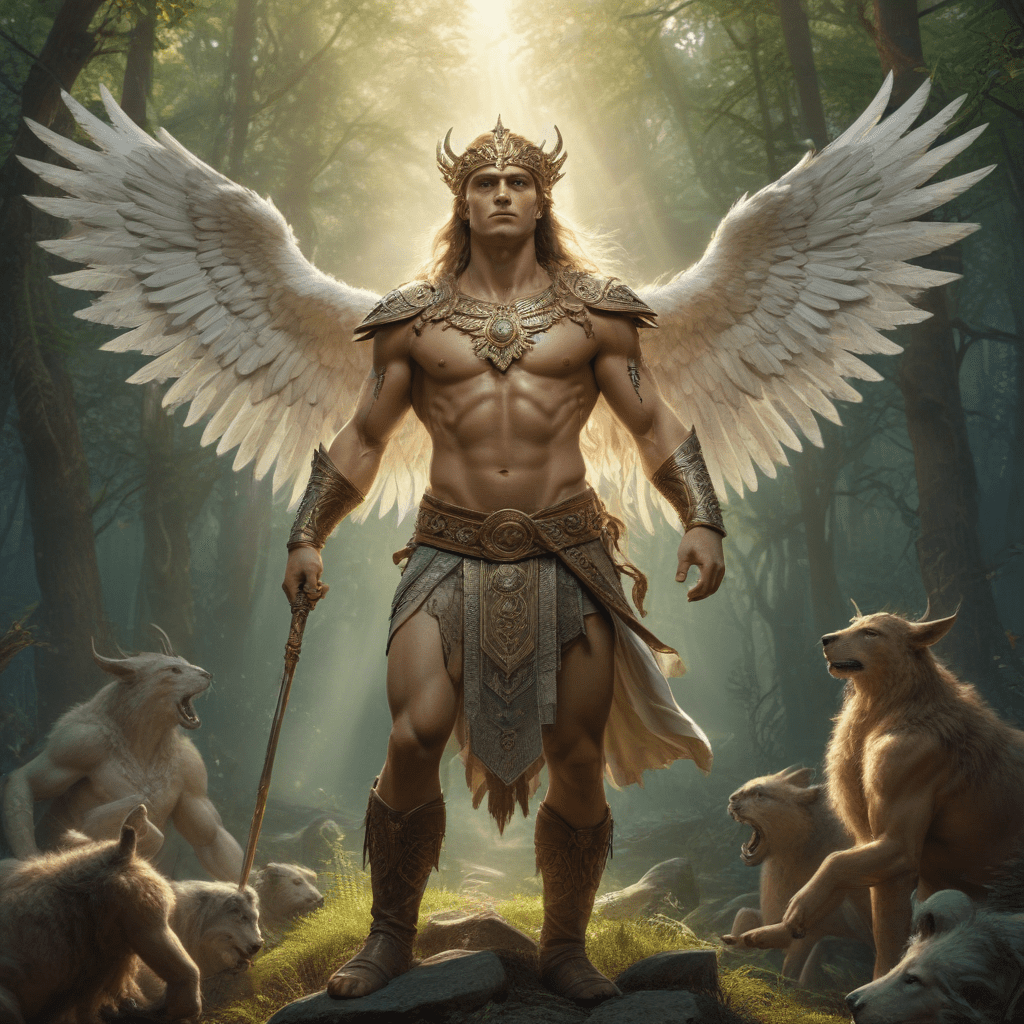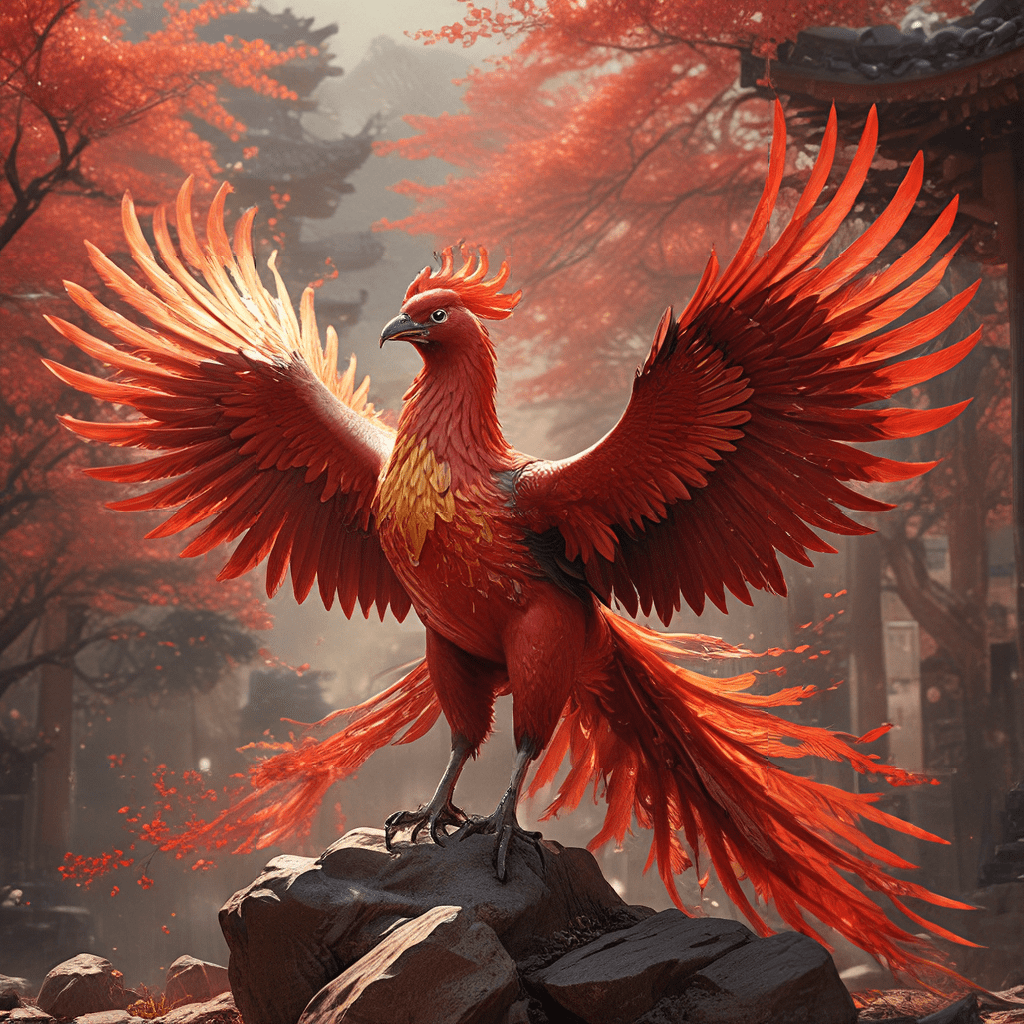The Concept of Transformation in Slavic Mythology
I. Introduction
Transformation, embodying the profound metamorphosis of form and substance, holds a pivotal place in Slavic mythology. In this rich tapestry of myths and legends, the ability to assume diverse shapes and guises permeates various aspects of the human and supernatural realms. Understanding the nature and significance of this transformative power provides a glimpse into the imaginative and spiritual world of the ancient Slavs.
II. Types of Transformation
Slavic mythology encompasses two primary forms of transformation: shapeshifting and metamorphosis. Shapeshifting involves the ability of individuals to change their physical appearance into animals, plants, or inanimate objects. Metamorphosis, on the other hand, refers to more profound transformations of supernatural beings and deities, often involving a change in their essence. These transformations could be temporary or permanent, serving various purposes and reflecting the fluidity and dynamism of the Slavic cosmos.
III. Reasons for Transformation
The motivations behind transformation in Slavic mythology are diverse and complex. In some instances, individuals possess inherent magical abilities that enable them to shapeshift. Transformations could also serve as a means of protection from danger or persecution. Furthermore, deception and trickery often play a role, as characters use transformation to outwit their adversaries or disguise their true nature.
IV. Symbolic Meaning of Transformation
Beyond their literal significance, transformations in Slavic mythology carry deep symbolic and allegorical meanings. They represent transitions between different worlds, such as the human, animal, and divine realms. Transformation highlights the duality and ambiguity of nature, emphasizing the interconnectedness of all beings. Additionally, it symbolizes personal growth and change, as individuals undergo transformations that reflect their inner journeys and evolving identities.
V. Supernatural Beings Associated with Transformation
Slavic mythology abounds with supernatural beings closely associated with transformation and shapeshifting. Veles, the enigmatic god of the underworld, is renowned for his ability to transform into various forms, including a wolf, a snake, and a raven. Mokosh, the goddess of water and fate, also possesses transformative powers and is often depicted in the form of a frog or a duck. The Kikimora, a female spirit of Slavic folklore, is known to transform into a bird, symbolizing her liminal existence between the human and supernatural worlds.
VI. Transformations in Slavic Folklore
Slavic folklore is replete with enchanting tales of characters who undergo extraordinary transformations. One of the most well-known is The Frog Princess, wherein a beautiful princess is cursed to spend her days as a frog. Only a kiss from a brave prince can break the spell and restore her to her human form.
Another prevalent tale is The Wolf Man, which portrays the transformation of an individual into a werewolf during the full moon. Cursed with lycanthropy, the werewolf struggles with the duality of his existence, torn between his human and animal instincts.
The legend of The Vampire also involves transformation, as individuals cursed or bitten by a vampire become undead creatures with supernatural abilities. They possess heightened senses, aversion to sunlight, and an insatiable thirst for blood.
VII. Role of Transformation in Rituals and Beliefs
Transformations played a significant role in Slavic rituals and beliefs. Mask wearing and animal mimicry were common practices during ceremonies and festivals. By donning masks or imitating animal behavior, individuals believed they could connect with the supernatural realm and invoke its powers.
Rituals for invoking supernatural beings often incorporated elements of transformation. For instance, certain ceremonies involved individuals dressing in animal skins or transforming themselves into the desired deity through elaborate rituals. These practices aimed to establish a connection with the supernatural world and harness its power for protection, healing, or divination.
VIII. Cultural Significance of Transformation
Transformation holds immense cultural significance in Slavic mythology, reflecting the beliefs and values of ancient Slavic societies. It underscores the interconnectedness of all beings and the fluidity of nature. Through the lens of transformation, the Slavs explored themes of identity, power, and the interplay between the human and supernatural realms.
IX. Contemporary Impact of Slavic Transformation Myths
The concept of transformation in Slavic mythology continues to resonate in contemporary culture. Elements of these myths have found expression in literature, art, and film. Fantasy and horror genres often draw inspiration from Slavic tales of shapeshifting and metamorphosis, capturing the imagination of audiences worldwide.
X. Frequently Asked Questions (FAQs)
Q: Is transformation a common trope in Slavic mythology?
A: Yes, transformation plays a central role in Slavic mythology, permeating various aspects of its myths, legends, and folklore.
Q: What is the most famous Slavic tale involving transformation?
A: "The Frog Princess" is one of the most well-known Slavic folktales featuring a princess transformed into a frog who can only be rescued by a kiss.
Q: Can transformation be reversed in Slavic mythology?
A: In some cases, transformation can be reversed, often through the breaking of a spell or the fulfillment of a certain condition. However, some transformations, such as becoming a vampire, are considered irreversible.
Q: What is the cultural significance of animal transformations in Slavic mythology?
A: Animal transformations symbolize the interconnectedness of nature and the fluidity of identity. They also represent the power and wisdom that can be gained from the animal kingdom.



